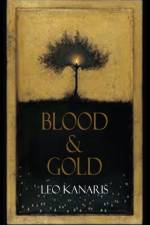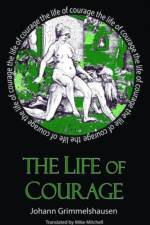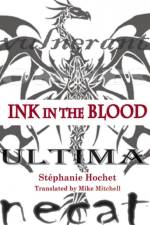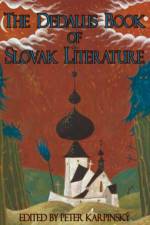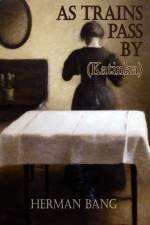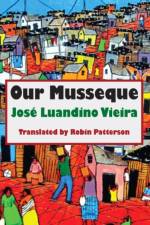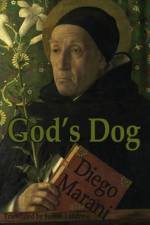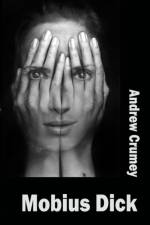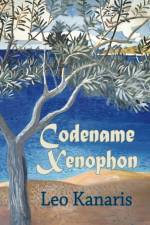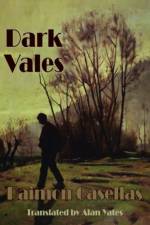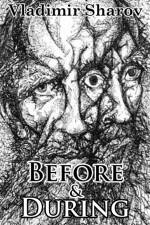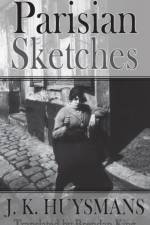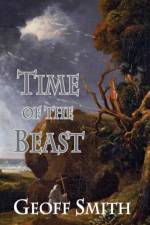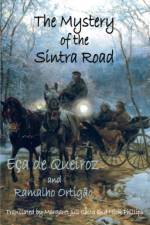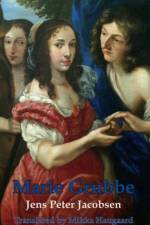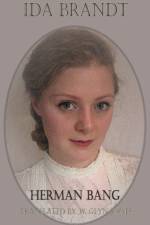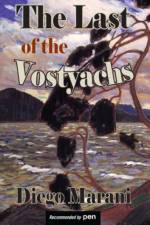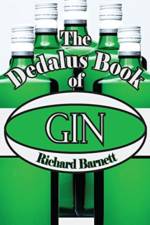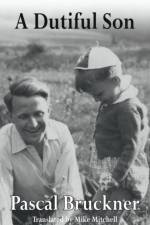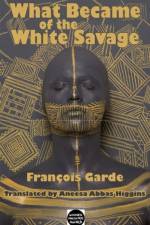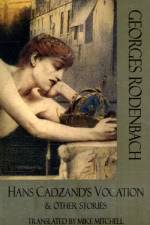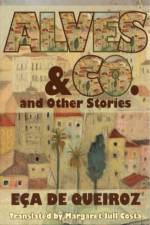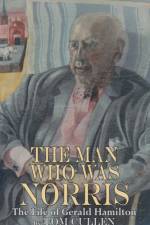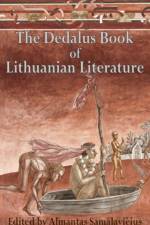av Vladimir Sharov
201
Set in a psychiatric clinic in Moscow in the long decades of late-Soviet stagnation, Before and During sweeps the reader away from its dismal surroundings on a series of fantastical excursions into the Russian past.e ]We meet Leo Tolstoy's twin brother, eaten by the great writer in his mother's womb, only to be born as Tolstoy's 'son'; the philosopher-hermit Nikolai Fyodorov, who believed that the common task of humanity was the physical resurrection of their ancestors; a self-replicating Madame de Staa-l who, during her second life, is carried through plague-ridden Russia in a glass palanquin and becomes Fyodorov's lover; and the composer Alexander Scriabin, who preaches to Lenin on the shores of Lake Geneva.e ]Out of these intoxicating, darkly comic fantasies -- all described in a serious, steady voice -- Sharov seeks to retrieve the hidden connections and hidden strivings of the Russian past, its wild, lustful quest for justice, salvation and God. 'Before and During is not a historical novel. Rather, it is closer to one of Mikhail Bakhtin's carnivalesque venues, a Menippean satire in which historical reality, in all its irreversible awfulness, is for a moment scrambled, eroticized ... and illuminated by hilarious monologues of the dead... There are wonderful stretches: an exegesis of Tolstoy's failure to achieve the good in his own family;... an astonishing olfactory history of the First World War and Revolution through Scriabin's music. How Sharov resolves the rejection of death is especially good... With this elegant and dry-eyed translation by Oliver Ready, anglophone audiences can finally weigh in.' Caryl Emerson in The Times Literary Supplement 'Sharov has assimilated, perhaps more than any of his contemporaries, the artistic and philosophical legacy of both the nineteenth and twentieth centuries of Russian literature. Like Dostoevsky, he is excessive not in order to deny, misrepresent, or flee reality but, rather, to capture it more accurately.' Thomas Epstein, Boston College

